If the term “baggy” brings to mind clothing, you’re not wrong. It emerged as an alternative dance scene in Manchester, England, in the late 1980s. Also associated with the Madchester music scene, whose bands mixed 1960s pop and psychedelic rock with acid house beats.
Videos by American Songwriter
And Madchester doesn’t happen without New Order’s “Blue Monday”, which helped fund The Haçienda nightclub in Manchester, the epicenter of baggy culture (and baggier Joe Bloggs jeans), reflecting a generation that came of age in dance clubs.
However, this scene wasn’t limited to Manchester and helped pave the way for Britpop in the 1990s. So we’ll begin with Britpop legends whose baggy single put them on the map.
“There’s No Other Way” by Blur
Before Britpop, Blur started its career by mining the baggy dance-rock of The Stone Roses and Happy Mondays. “There’s No Other Way” begins with the kind of bluesy psych riff John Squire made famous with The Stone Roses. Damon Albarn probably sensed Madchester was already past its prime in 1991, so his turn toward Cool Britannia gave Blur a new life. A Parklife!
“The Only One I Know” by The Charlatans
Many baggy groups drew inspiration from The Beatles’ psychedelic period and combined those rock experiments with American soul and funk. A Hammond organ propelled The Charlatans, and Rob Collins’s distorted keys were as prominent as the band’s hypnotic bass lines and wah-wah guitars. Also, singer Tim Burgess, with his mushroom hairdo and raspy, off-kilter singing style, helped personify the scene.
“This Is How It Feels” by Inspiral Carpets
In a movement driven by surrealism and escape, Inspiral Carpets’ hit “This Is How It Feels” offers stark realism. The song describes a working-class mother whose lover takes his own life. But she can’t grieve publicly because it would bring her extramarital affair to light. So her husband and children have no idea why she’s so sad. Inspiral Carpets leaned heavily on 60s psychedelic rock, which was as important to Madchester as Chicago’s underground house music.
“Step On” by Happy Mondays
Happy Mondays covered a 1971 song by John Kongos called “He’s Gonna Step On You Again”. Retitled “Step On”, it became the band’s biggest hit. Shaun Ryder, borrowing from The Fall’s Mark E. Smith, helped popularize the speak-singing style later adopted by Ian Brown, Tim Burgess, and others. And if you have a band member like Mark “Bez” Berry whose sole job is to dance around onstage with maracas, you’d better have the right grooves. Think of Happy Mondays as the Sex Pistols of Madchester. The embodiment of rave culture and what became the U.K.’s Second Summer of Love.
“Fools Gold” by The Stone Roses
The Stone Roses released their self-titled debut in 1989. And though much of the album centers on 60s-inspired pop, “Fools Gold” might be the zenith of Madchester’s blend of indie rock and dance music. For a baggy groove, one must have a funky rhythm section, and The Stone Roses led in this department with drummer Reni and bassist Gary “Mani” Mounfield. Atop the dance-rock, John Squire reworked the jangly chords of The Byrds and The Smiths, inheriting indie guitar hero status from Johnny Marr. Meanwhile, Ian Brown sings in a low, detached, and unpolished vocal delivery. His aloofness shared its relaxed euphoria with the scene’s drug culture, yet with the bombast of classic rock.
Photo by Cat Stevens / Courtesy of Big Hassle PR


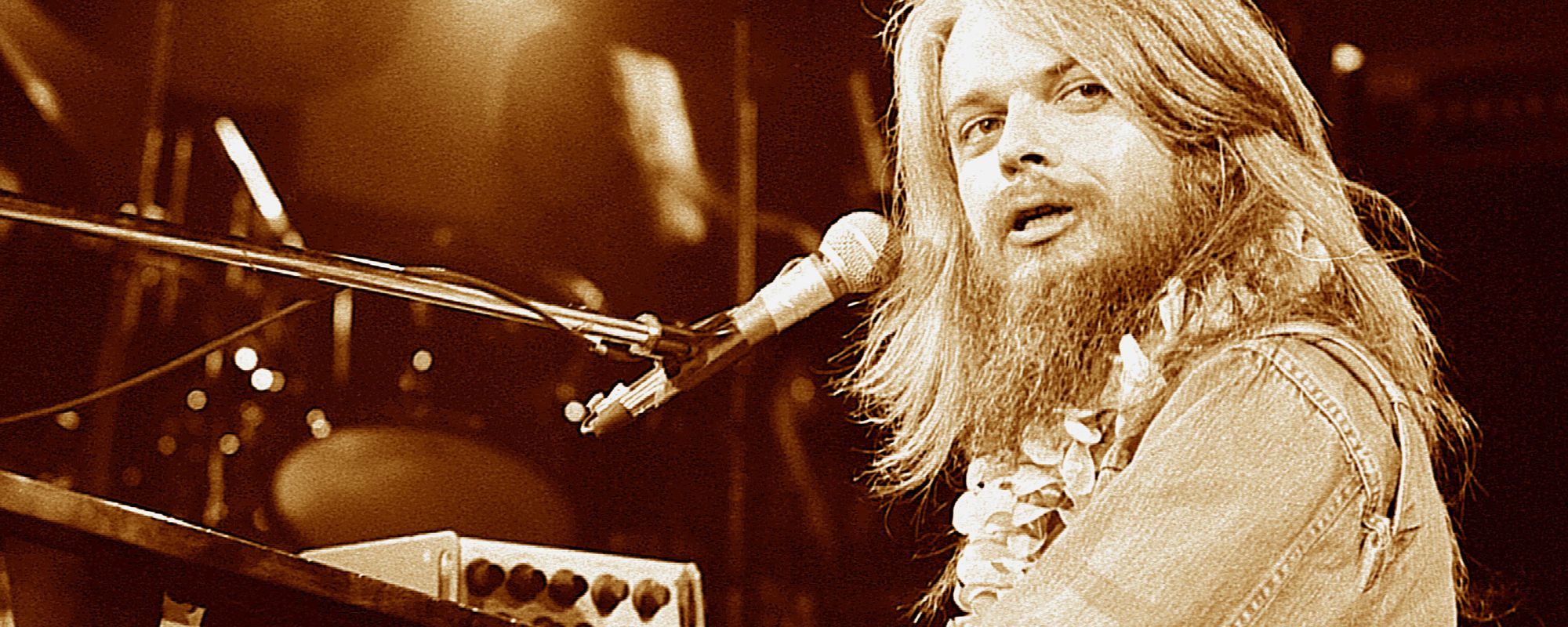

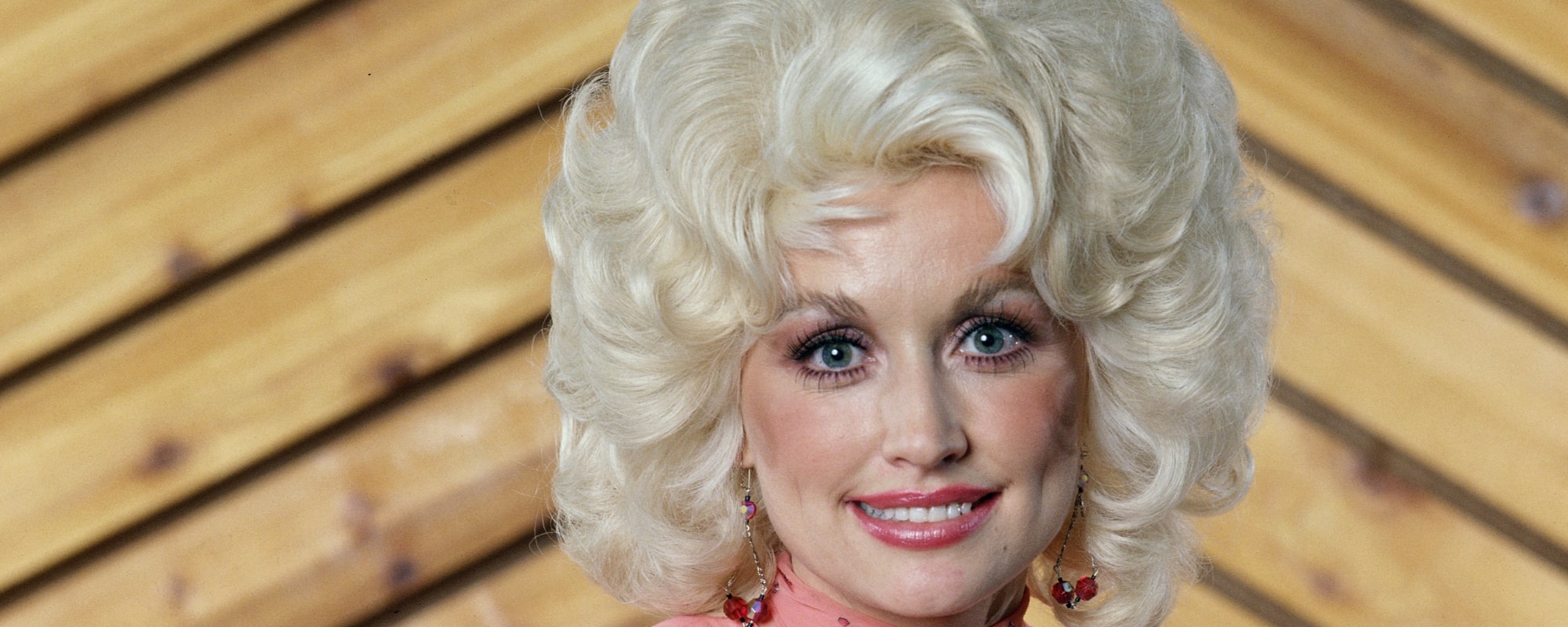
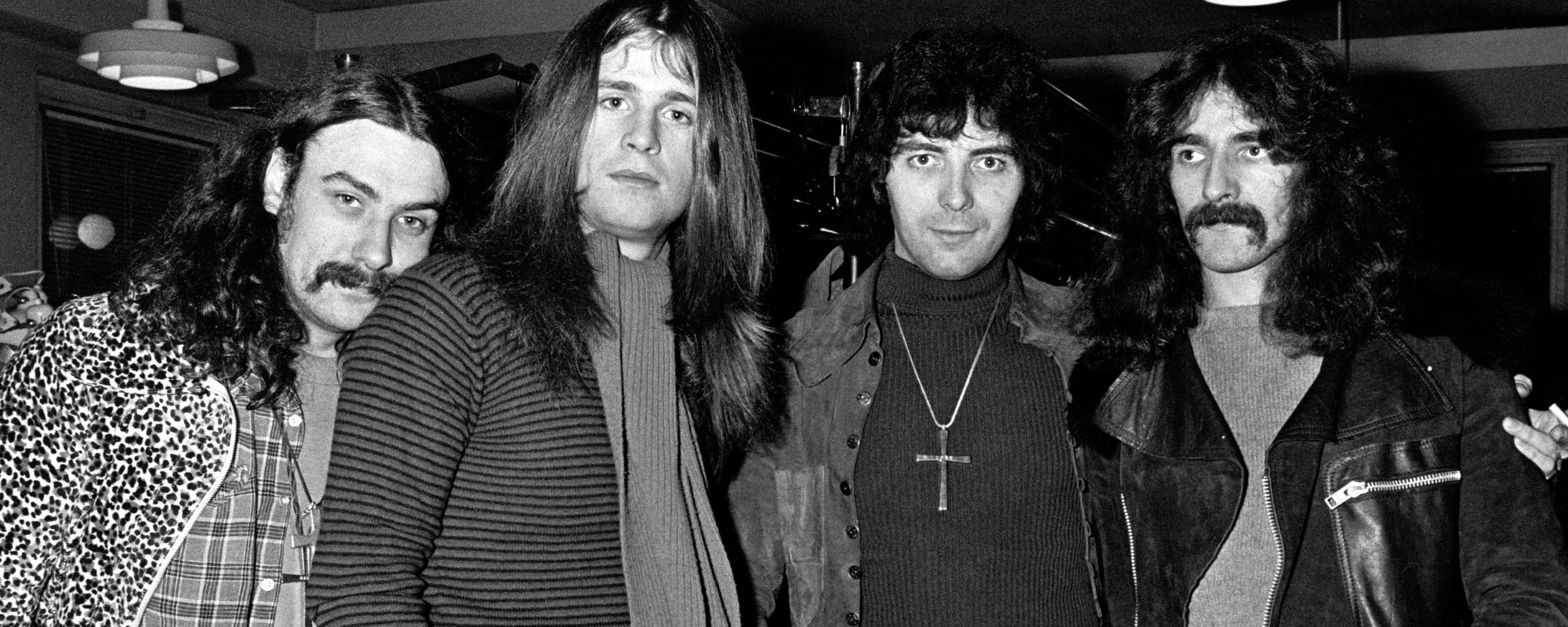

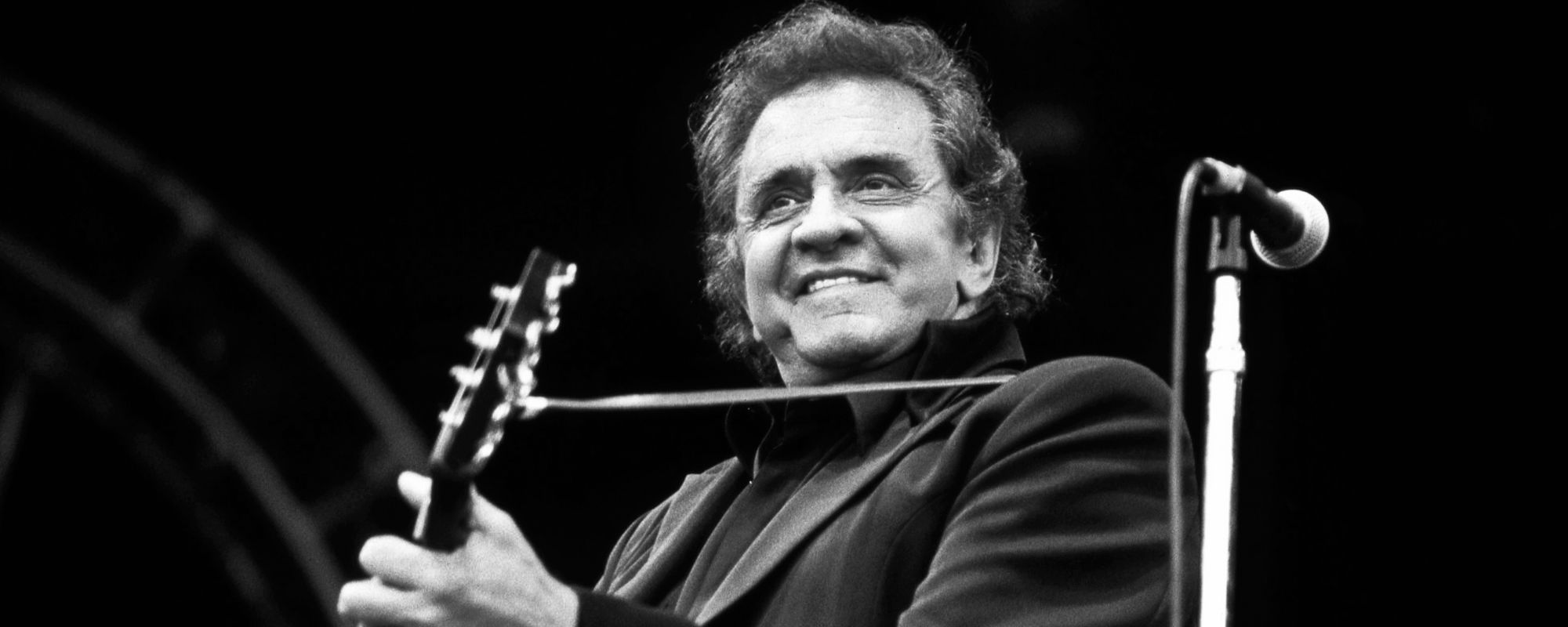
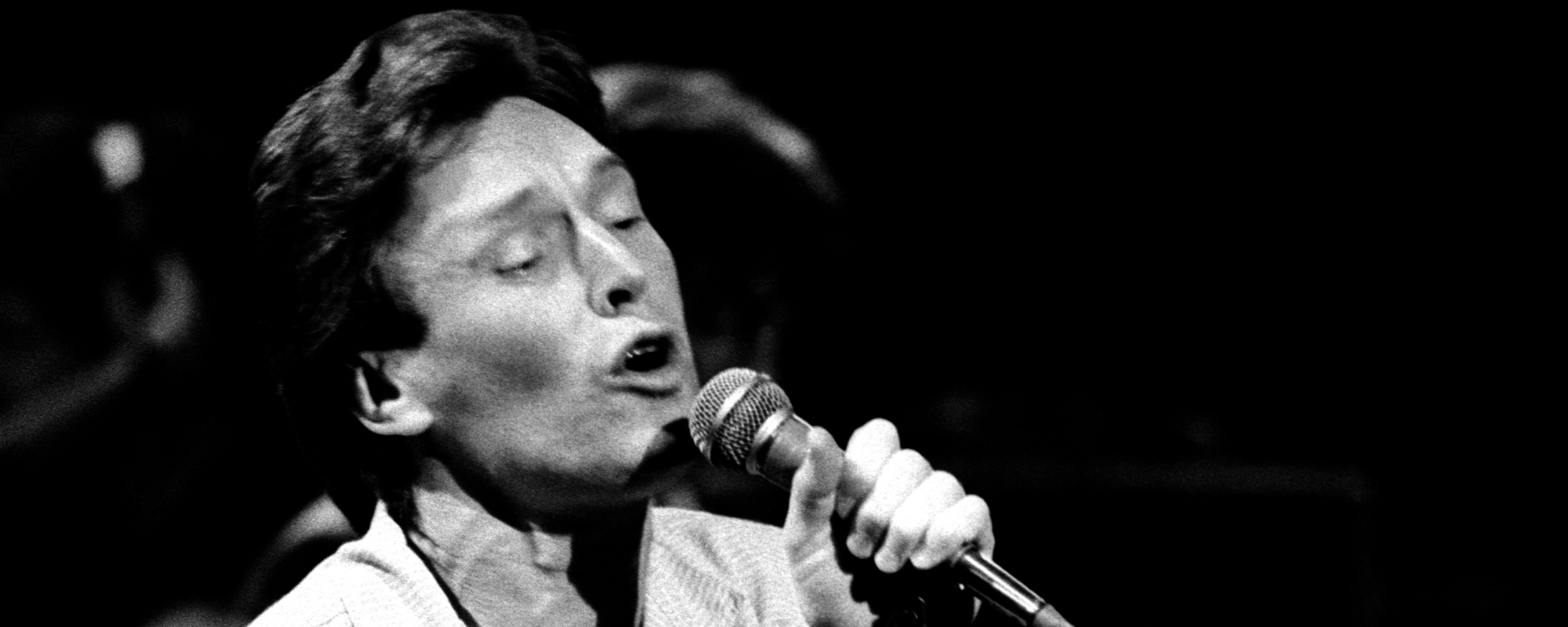
Leave a Reply
Only members can comment. Become a member. Already a member? Log in.